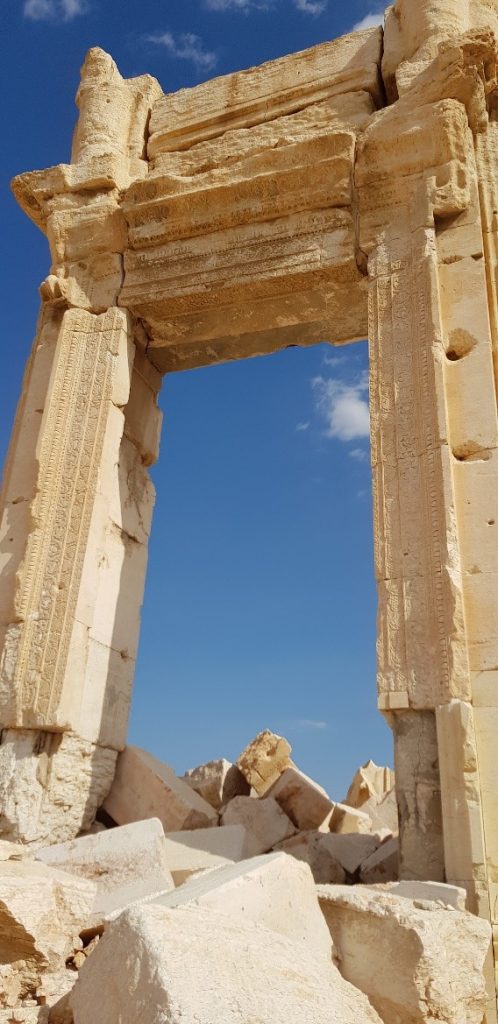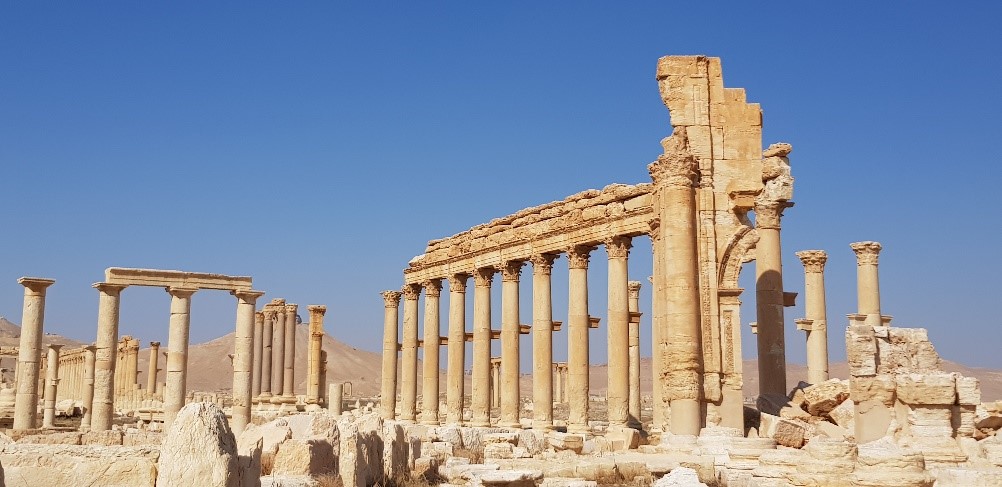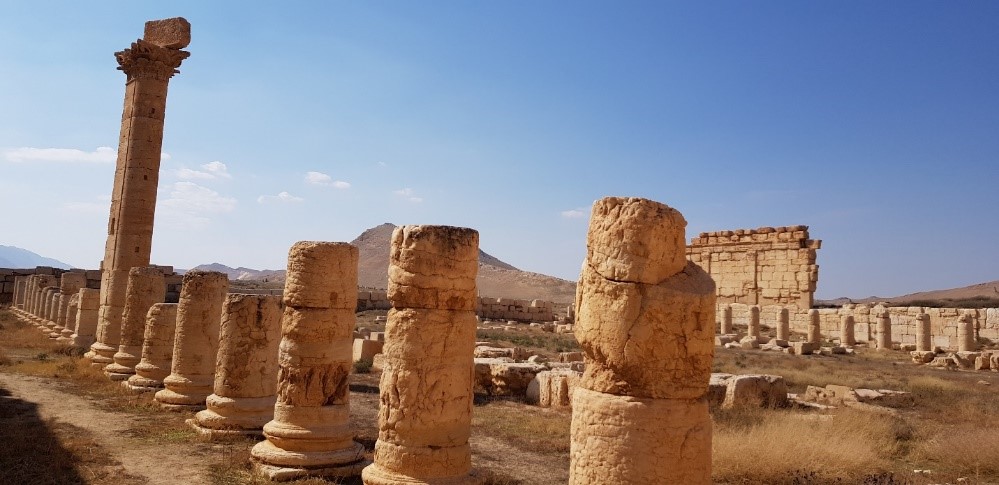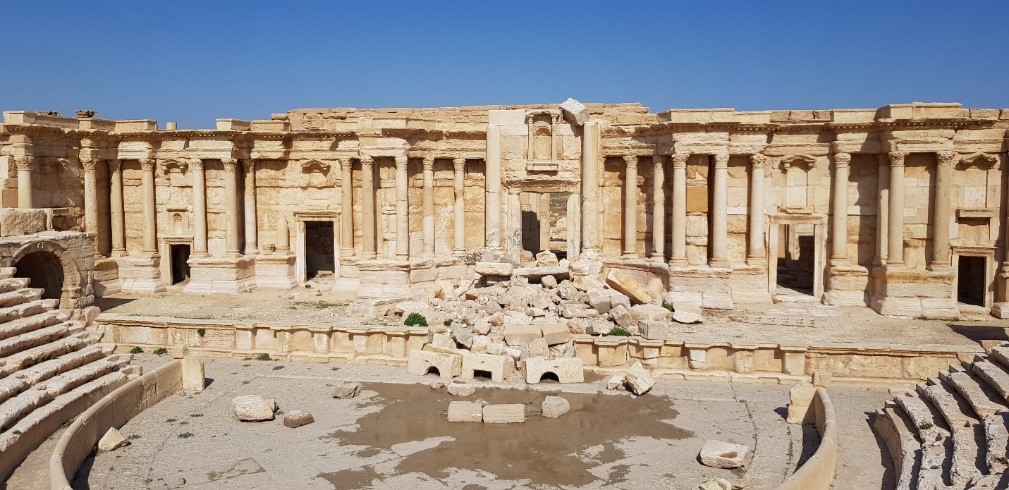by Andy Khong
Palmyra (Roman name: meaning city of palm trees) or Tadmur (Arabic name) is an ancient city located in central Syria, around 215 kilometers (130 miles) north-east of the capital, Damascus. The city’s history dates back to the 2nd millennium BCE, and it was an important center for trade and commerce along the Silk Road. Palmyra was at the crossroads of several major trade routes, which made it a prosperous city during the Hellenistic and Roman periods.
Palmyra’s golden age was during the 1st and 2nd centuries CE when the city became a major center for caravans and merchants, connecting the Roman Empire with Persia, India, and China. During this period, the city was ruled by the powerful Palmyrene Empire, which was led by Queen Zenobia. Under her leadership, Palmyra expanded its territories and became a major rival of the Roman Empire. However, in 273 CE, the Roman Emperor Aurelian defeated Zenobia and destroyed much of the city.
The ruins of Palmyra that are visible today date back to the Roman and Byzantine periods. The city was constructed with limestone, which has helped to preserve many of its ancient structures. The architecture of Palmyra is a blend of Roman, Greek, and Persian styles, making it a unique cultural and historical site. It was designated a UNESCO World Heritage Site in 1970, and one of the most important archaeological sites in the Middle East. Its ruins are a testament to its grandeur of this once a wealthy, and powerful city. Some of the most famous ruins include:
The Temple of Bel: The temple was dedicated to the Semitic god Bel and is one of the most well-preserved structures in Palmyra. It was built in the 1st century CE and was expanded over the following centuries. The temple featured a large courtyard and a main temple building with impressive columns and intricate decorations.

2. The Arch of Triumph: The arch was built in the 3rd century CE to commemorate the Roman Emperor Septimius Severus and his son Caracalla. It is an impressive structure with elaborate reliefs depicting the military conquests of the Roman Empire.

3. The Agora: The agora was the city’s central marketplace and was surrounded by colonnaded walkways. It was the hub of the city’s commercial and social activities and is one of the largest and most well-preserved agoras in the world.

4. The Theater: The Theater was built in the 2nd century CE and could seat up to 5,000 people. It is still used for performances and concerts today.

Palmyra is situated in the middle of the Syrian Desert, offering stunning views of the surrounding landscape. In recent years, Palmyra has suffered extensive damage due to the Syrian Civil War, and the brief occupation of jihadist group ISIS; first in May 2015, and again in December 2016. ISIS militants consider the preservation of historical ruins a form of idolatry, and launched a campaign of cultural destruction, detonating the temples, blowing up historic columns, and mutilating works art and historic artefacts.
Efforts are now underway to restore, and preserve the ancient ruins. Palmyra is an important site for the study of the history of the Middle East, and it has played a significant role in the region’s culture and religion. It is also a symbol of resilience, as it has survived numerous invasions and conflicts throughout history.
For information on up-coming tours to Syria.





